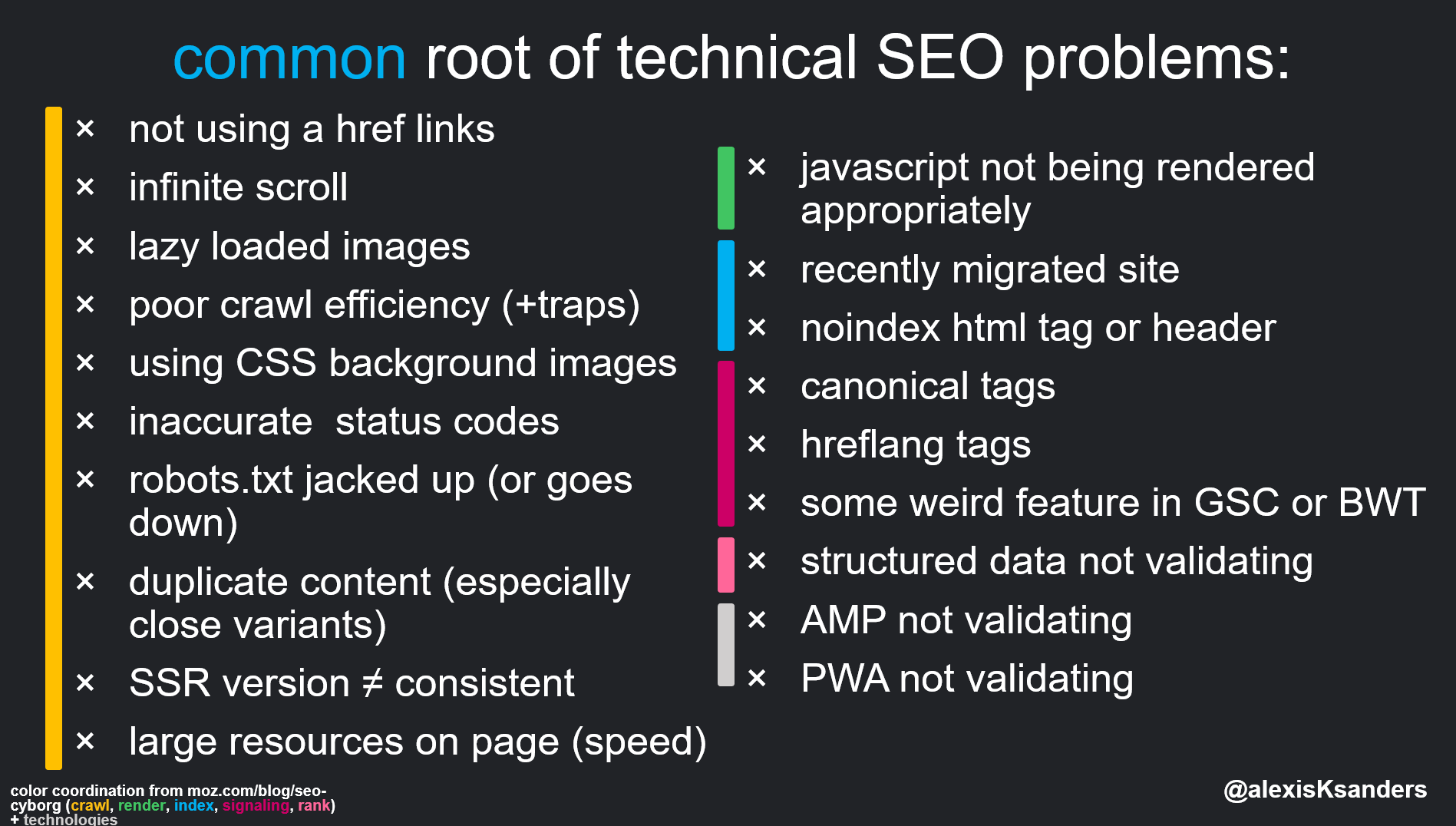
There are many ways to get backlinks to your site. But how do these links become quality? Listed below are some of the methods you can use. Nofollow, Editorially put links, and Spammy backlinks. These backlinks will not only be helpful, but they can also boost your SEO ranking. You should build a website that is useful and informative to get high-quality backlinks. Also, make sure you target highly rated websites.
Anchor text
You must consider the anchor text when writing content for a website. The anchor text must make sense to the reader, so they click on it. In addition, you should use statistical and factual data, such as demographics, to make your anchor text more appealing. A market research website can help you discover these details. Next, you can use these facts to create your anchor text for backlinks. However, do not overdo it. To get the best results, avoid using keywords excessively.
Nofollow links
Nofollow backlinks are nofollow links which do not count towards a backlink profile. They can however bring in higher quality traffic and interaction which leads to better rankings and more leads. There are several reasons to add nofollow links to your backlink profile. Here are some examples:
Editorially placed links

In order to rank high in search engines for a specific keyword, it is important that you obtain editorially placed backlinks. Editorially placed backlinks can be a way to pass authority onto the other website. They are typically placed by journalists and webmasters. A site does not have to be a major publication in order to gain editorial backlinks. The most important thing to consider when building a backlink profile is whether the content is related to your niche.
Spammy links
Spammy is as old as the internet itself. It is an internet term that most people understand, but not everyone has the knack for internet jargon. Spammy backlinks can be likened to fleas on a digital dog: they take and give. They are a serious nuisance, and Google is trying to stop their growth. Spamming other websites is an SEO mistake.
Press releases
When you create a press release, consider putting contextual links at the end of it. These links are stronger than simple links and more likely to be included as part of the actual press release. If you want to get more attention for your press release, try to focus on relevant platforms and journalists. Don't spam your press release by adding links to other sites. Writing is for people. It is therefore important to enrich your content with links.
Guest blogging
Before you start creating content for your guest blog, make sure you research the website to find the right person to reach. While businesses may have contact information listed on their 'contact us page', others will use Twitter to identify the right person. To get the most backlinks for your website, it is important to ensure that your content is as high quality and relevant as possible. Follow these guidelines to increase your chances for success.
Article submission

Article submissions can be a great way for you to gain backlinks, and traffic to your site. Articles can be used to generate traffic to your website and build trust and online reputation. Once published, your articles can be shared on forums, social media websites, and blogs. If your articles are submitted to the appropriate sites, you will receive high-quality link backlinks. Be aware, however, that not every website will accept your article submissions.
Distribution of press releases
You can get the most from press release distribution by crafting your content carefully, taking into consideration the best keyword opportunities. For credibility and authority in the industry, and search engines, strong hyperlinks should be included in press releases. Your website and the cornerstone page of your press room should all be linked to in a press release. However, if you are distributing your content for free, you should avoid free press release distribution services.
FAQ
Why would I need an SEO strategy?
SEO strategies are a great way to make sure you're not missing opportunities to grow your business. It's not worth having great content if it doesn’t get found!
SEO strategy can help you build relationships and connections with key industry professionals. You can gain new techniques and strategies from them by tapping into their connections and learning from them.
How often should I update my site?
Your site's ranking can be improved by updating regularly. However, it's not always necessary. You don't necessarily need to keep it updated if you have already created quality content.
Why SEO strategy matters?
The main goal of search engine optimization (SEO) is to increase traffic to your site by getting as many people as possible to find you when they use Google.
Search engines such as Google, Yahoo!, Bing, and others store information about websites on servers called "crawlers," which send this data back to the company's central database. This allows them to index pages for searching purposes.
People will click on your links and visit your pages if you appear high in the results. This means that you won’t be found in searches.
To ensure that your website is found by search engines, ranking high on all major search engines is the best method. You can achieve this by using two methods: organic and paid advertising.
Paid Advertising – Paid advertising is when companies pay per click to have their ads appear higher than other sites in search results. These ads can include text ads, banner ads, pop ups, ecommerce widgets, and more.
Natural Organic Links: These are links where you have created a great site over time, and gained trust from your industry. Over time, links are built naturally through guest posting, commenting on other sites, and so forth.
You need to continue investing in both marketing forms in order to be competitive.
What is an SEO Campaign, and what are its benefits?
An SEO campaign is a combination of activities to improve visibility for a webpage or domain in search engines like Google Bing Yahoo and Yahoo. These activities include optimizing title tags, meta descriptions tags, URL structure and page content.
SEO campaigns begin with keyword analysis, which identifies keywords that can increase organic traffic. Once keywords have been found, they need to be optimized for the entire site, from the homepage through individual pages.
What is On-Page Search Engine Optimization?
On-page SEO refers to the actions you take within your website to help it rank higher in search engines. On-page search engine optimization covers things like site architecture, page titles (meta tags), image alt text, and page titles. Off-page search refers only to activities that do not directly impact your website's ranking. These include backlinks.
What Should I Know About Backlinks
Backlinks are links pointing to a webpage from another website. Search engines use them to find a webpage in search results. They are particularly helpful as they demonstrate that someone else believes that your content has value. A lot of quality backlinks is necessary if you want your content to rank high in search engine results.
Statistics
- A 62.60% organic traffic boost to that page: (backlinko.com)
- 64% of marketers actively create SEO campaigns because they help hit multiple key performance indicators (KPIs), including increasing traffic, helping your site rank for relevant keywords, improving your conversion rate, and much more. (semrush.com)
- And 90%+ of these backlinks cite a specific stat from my post: (backlinko.com)
- If two people in 10 clicks go to your site as a result, that is a 20% CTR. (semrush.com)
- : You might have read about the time that I used The Content Relaunch to boost my organic traffic by 260.7%: (backlinko.com)
External Links
How To
What you should know about duplicate content, SEO and other topics
Duplicate content can be a problem for webmasters and search engine operators alike. There are two types. If multiple pages in a site have identical content, an internal duplicate is created. External duplicates are when the page has similar information to another URL.
Internal duplication occurs when there are multiple pages containing similar text or images. This happens due to poor copywriting skills. Poor copywriting means you're not creating unique content for each webpage. This can lead to internal duplicates.
External duplication refers to pages that contain similar information to other URLs. If you have two pages that are identical to each other, such as a product listing all of your products or a category listing all of them, you have external duplication.
Google does not penalize websites for duplicate content. It will penalize sites who attempt to manipulate the algorithm to rank better. It is important to ensure that duplicate content does not appear on your website.
Link building is the most popular way to alter Google's algorithm. Link building involves creating hyperlinks between your website (and other websites). These links can make your website appear unnatural and could cause Google to lower its value.
Some ways to avoid link manipulation include:
-
Avoid low-quality links (those from spammy sources).
-
Using anchor texts that are relevant to your website.
-
Creating unique content for each page on your website.
-
High-quality content.
-
It is important to have a domain name that is memorable.
Do not worry about duplicate content. Instead, focus on ensuring that you have unique content for every page on your website. This will improve your search engine rankings.